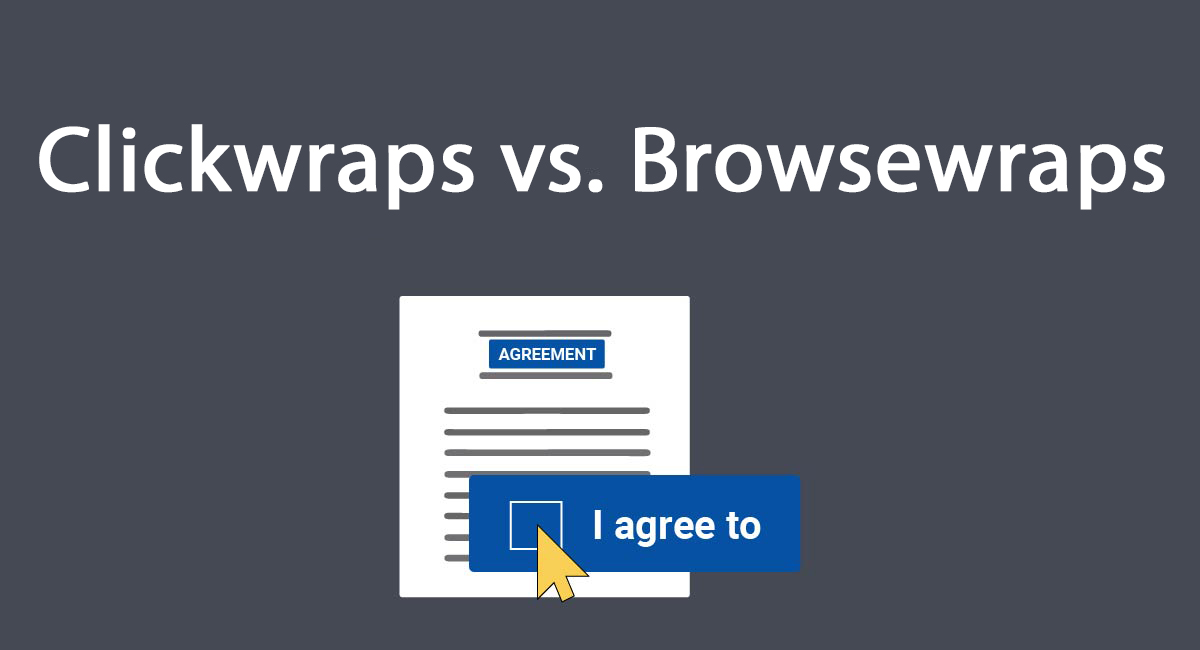Clickwraps vs. Browsewraps to show TCPA terms and conditions

As online marketing developed, companies used different methods of establishing contracts with their consumers. Digital agreements and methods of gaining consent can make or break a TCPA lawsuit, so it’s important to know the differences in common agreements.
There are two main types: browsewraps and clickwraps.
Browsewraps allow a user to engage with a company’s website without seeing and explicitly agreeing to the terms and conditions. Instead, engagement with the website binds the consumer to the marketer’s terms. The company will almost always have their Terms and Conditions linked somewhere on the page for access.
Clickwraps are more common in the modern era of digital marketing because they leave less room for unfavorable views from courts. Clickwraps involve requiring a consumer to actively click a dialogue button indicating that they agree to the terms of service, which are either fully listed or linked above the agreement button. The user must agree before continuing onto the site or services.
Most courts believe that clickwraps allow for more enforceable terms and conditions because users are forced to interact with the terms on some level. Browsewraps are therefore becoming less and less popular, but there are still requirements for clickwraps to be effective.
There are four main qualifications that can help you make sure your clickwraps are foolproof:
- Consumers have easy access to the Terms and Conditions, such as in plain view or in a pop-up window.
- The terms are clearly and simply formatted so they are easy for users to read.
- Users are required to do some action to express assent to the terms, such as clicking an “I Accept” button.
- The company keeps updated records of agreements to their terms of service, and consumers have the option to store the terms and conditions for themselves.
Using these simple steps will help keep the courts, and the consumers, happy with your marketing practices.
